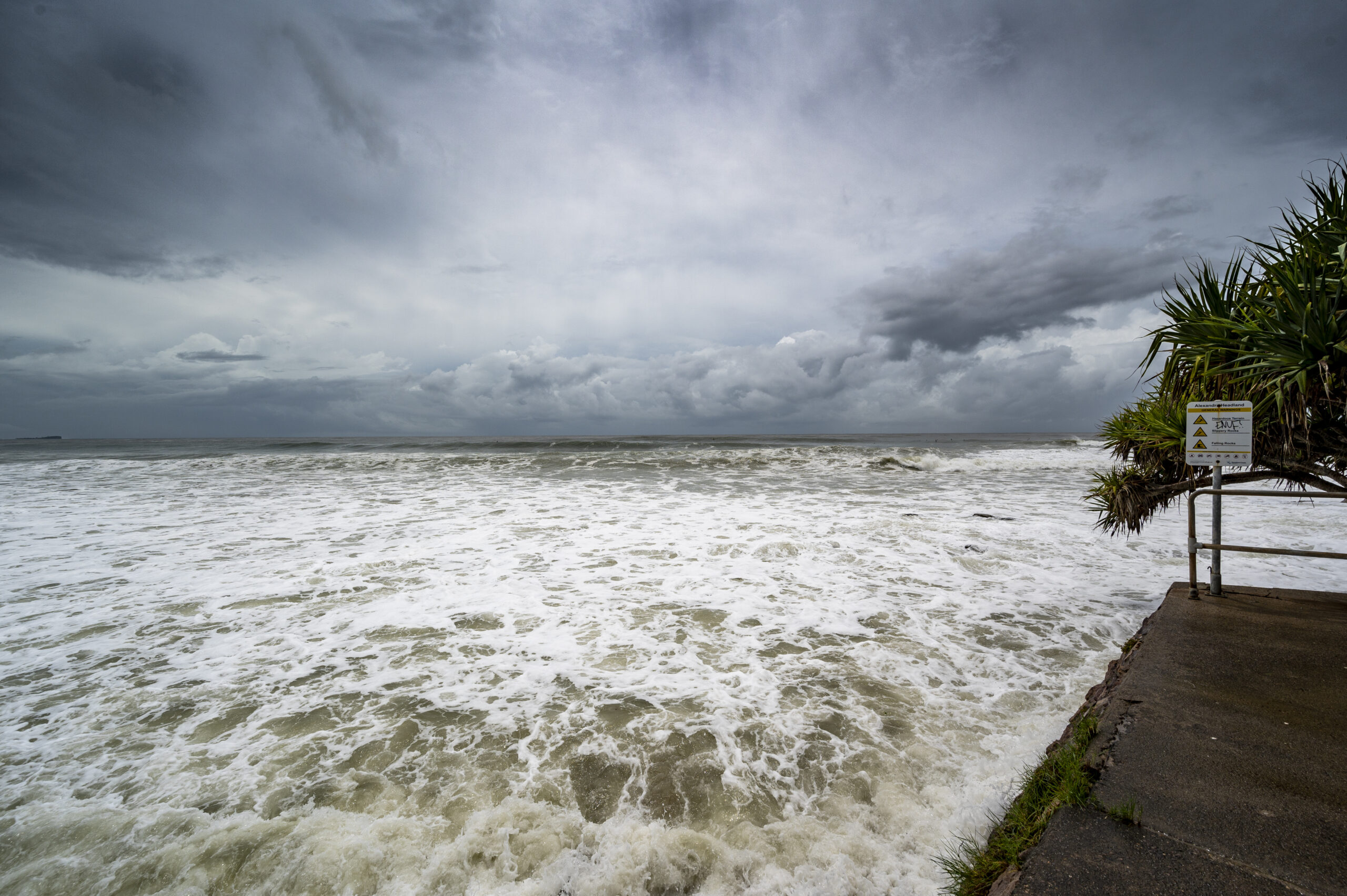Mayotte, the poorest and most unequal region of France in the European Union, is facing two cyclones: natural disasters and the more insidious social and economic divide. While cyclone Chido caused considerable damage, the island’s structural vulnerabilities amplify the effects of these repeated crises. Yet these challenges can be an opportunity for transformation if the right policies are implemented. Here are three ways to rebuild a resilient and balanced future.
1. An overhaul of French departmentalisation
Since becoming a French department in 2011, Mayotte has remained trapped in a standardised development model that is ill-suited to its specific characteristics. With 77% of its population living below the poverty line and unemployment reaching 37%, the gaps with France persist, despite major financial efforts. Policies in the French overseas territories need to move towards a differentiated approach that recognises local particularities. For Mayotte, this could mean a ‘Marshall Plan’ focusing on demographics, education and basic infrastructure, particularly access to water and housing. This adaptation is essential if we are to break the cycles of economic dependence and reduce structural inequalities.
2. Greater regional integration in the Indian Ocean
Mayotte cannot prosper in isolation in a region marked by migratory flows and economic disparities. As a French department, the island enjoys a special status, but this also exposes it to heightened social tensions. Strengthening links with Réunion and neighbouring countries would enable regional cooperation to be developed, particularly in the energy and food security sectors. The exploitation of natural resources, such as gas, and better geopolitical coordination as part of France’s Indo-Pacific strategy, could reposition Mayotte as a key player in the region.
3. An appropriate European support policy
The European Union already plays a crucial role in Mayotte, particularly through the funds earmarked for the Outermost Regions (ORs). However, a paradigm shift is needed to better respond to the specific crises of these territories. Inspired by European cohesion policies, it is possible to design innovative tools adapted to the realities of the islands, such as programmes for energy transition or the circular economy. Article 349 of the Treaty on the Functioning of the European Union could be used to mobilise more resources to support sustainable and inclusive development in Mayotte.
An opportunity for transformation
These three avenues – overhaul of national policies, regional integration and enhanced European support – form a triangle of opportunities for Mayotte. More than just a catalogue of solutions, they outline a strategic framework for transforming the island into a model of resilience and innovation. To succeed, this will require coordination between the State, the European Union and local players, to combine solidarity and adaptation to local realities.
Despite its challenges, Mayotte also embodies a promise: to demonstrate that a vulnerable territory can become an example of sustainable reconstruction and social justice. As the motto of Mayotte says, Ra Hachiri – ‘We are vigilant’. This vigilance must be translated into concrete action, starting now.





